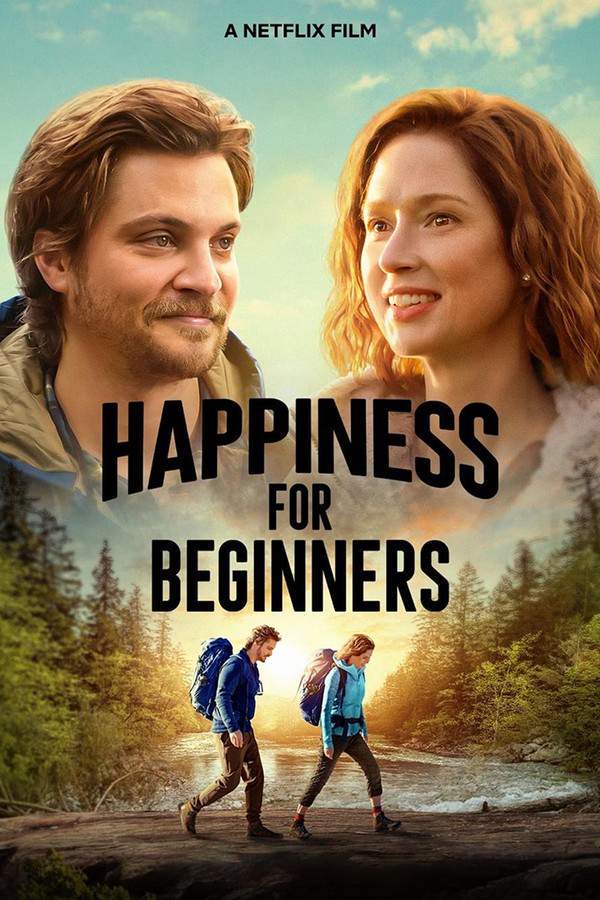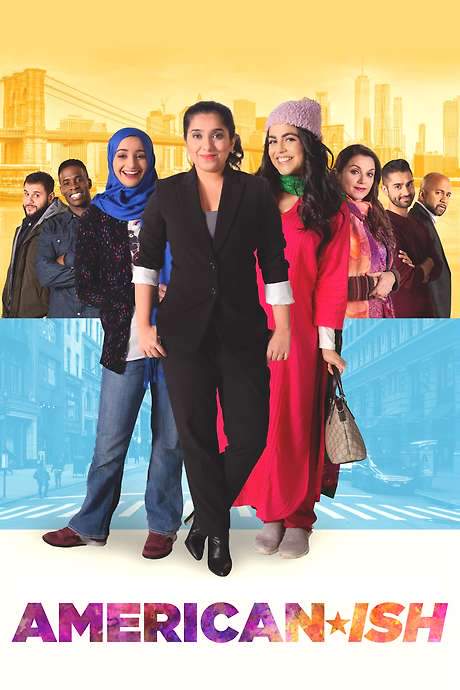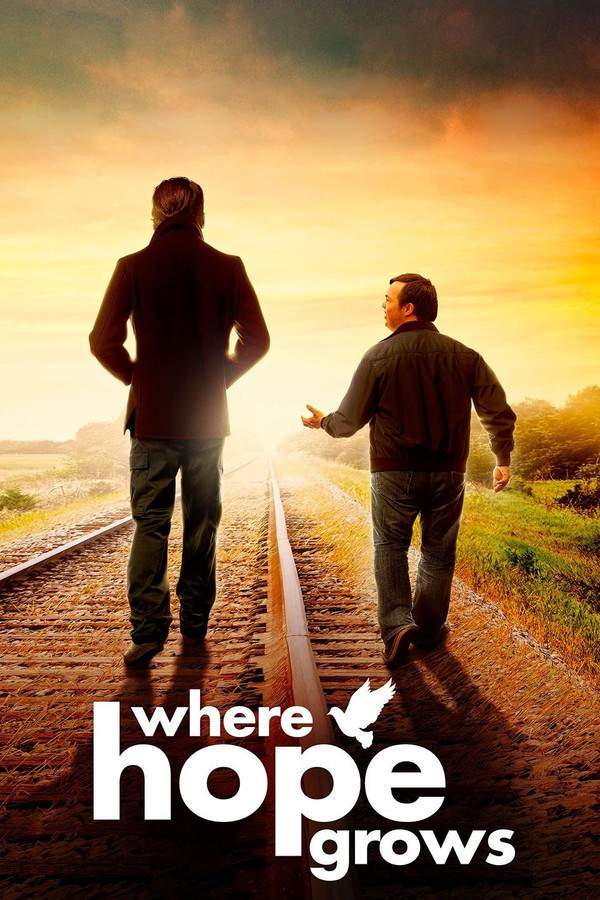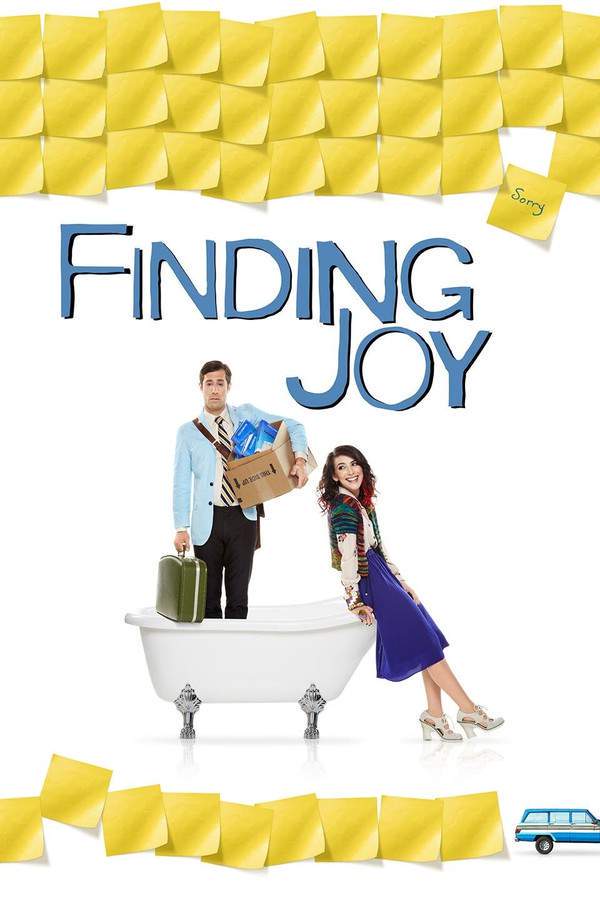
Tokyo Cowboy
A businessman named Hideki travels from Tokyo to Montana with the goal of revitalizing a struggling cattle ranch. Tasked with transforming the ranch into a profitable venture, he faces challenges when his expert in Wagyu beef production lets him down. To succeed, Hideki must discover a crucial element he’s been overlooking—and confront his own role in the process.
Warning: spoilers below!
Haven’t seen Tokyo Cowboy yet? This summary contains major spoilers. Bookmark the page, watch the movie, and come back for the full breakdown. If you're ready, scroll on and relive the story!
Tokyo Cowboy (2024) – Full Plot Summary & Ending Explained
Read the complete plot breakdown of Tokyo Cowboy (2024), including all key story events, major twists, and the ending explained in detail. Discover what really happened—and what it all means.
Once a successful Japanese businessman, Arata Iura portrays Hideki, a man who unexpectedly finds himself navigating a world far from the bustling streets of Tokyo. His journey begins when he takes control of a small chocolate company originally founded by a grandfather who has no grandchildren to pass it down to. During this acquisition, Hideki displays his business focus by refusing to taste the chocolates, a gesture that underscores his impersonal approach to corporate dealings. His role becomes more complex when his boss and fiancée, Ayako Fujitani as Keiko, threaten to sell a struggling cattle ranch in Montana to property developers. Keen on preserving the ranch, Hideki convinces Keiko that he can transform it into a profitable venture by producing high-quality wagyu beef.
Traveling to the United States for this purpose, Hideki embarks on a challenging mission to win over the ranch’s owner, Peg, played by Robin Weigert, and its ranch hand Javier, portrayed by Goya Robles. Upon arriving in Montana, he faces immediate cultural differences that hinder his plans. The local ranch hands view him with suspicion, seeing him as an outsider and a potential threat. The ranch itself presents obstacles, such as the unsuitable terrain for growing the necessary feed for wagyu cattle, like corn, and the significant investments needed to rebuild and adapt the infrastructure.
Feeling overwhelmed and unsure of how to proceed, Hideki begins to learn from Javier, who patiently teaches him the ways of the cowboy, immersing him in the ranching lifestyle. Despite his initial hesitation, being a city boy through and through—though he has childhood memories of his father’s watermelon farm—Hideki gradually develops an affection for the ranch and its resilient community. His dedication and effort to understand the ranching ways begin to earn respect from the ranch hands and impress Peg herself.
Together, Hideki and Javier hatch a daring, risky plan to save the ranch from the threat of development: they decide to buy it by leveraging income from secretly growing quinoa on the land. Javier’s covert crop offers a lucrative solution, and Peg agrees to this innovative strategy. Meanwhile, back in Japan, Hideki’s relationship with Keiko starts to strain. He cancels their planned trip to an onsen couple’s retreat, choosing instead to stay and focus on the ranch. Keiko, feeling betrayed and disappointed, travels to Montana herself, intending to dismiss Hideki from his role and end their five-year engagement.
The tension reaches a peak as Keiko arrives, confronting Hideki and the situation with the ranch. Despite the turmoil, Hideki attempts to salvage their relationship by introducing Keiko to the ranch and sharing their plans to buy it back. He also makes a heartfelt effort to reconnect with her personally—showing her a nearby hot springs, reminiscent of traditional onsen, and apologizing for not considering her preferences earlier. Her initial anger begins to soften as she witnesses his genuine commitment and the ranch’s potential.
In the end, the story celebrates growth and understanding, illustrating how Hideki transforms from a detached businessman into someone genuinely committed to a new way of life. His journey highlights themes of cultural exchange, perseverance, and the importance of finding one’s place, whether in the bustling city or on a sprawling ranch in Montana. The film portrays a heartfelt story of adaptation and reconciliation, leading to a hopeful conclusion where love and shared dreams help mend broken bonds and secure a future worth fighting for.
Last Updated: August 19, 2025 at 05:13
Explore Movie Threads
Discover curated groups of movies connected by mood, themes, and story style. Browse collections built around emotion, atmosphere, and narrative focus to easily find films that match what you feel like watching right now.
Fish Out of Water Transformation Stories like Tokyo Cowboy
Characters who find themselves by stepping into an unfamiliar world.Discover movies like Tokyo Cowboy where characters find themselves in unfamiliar settings and undergo significant personal growth. These stories explore cultural adaptation and self-discovery with a steady pace and hopeful tone, perfect for viewers who enjoy uplifting journeys of transformation.
Narrative Summary
These narratives typically follow a protagonist who is initially out of place and struggling in a new environment. The central conflict arises from this clash of worlds, but the resolution comes from the character's internal change, learning to appreciate and integrate aspects of the new culture or lifestyle, often leading to a renewed sense of self.
Why These Movies?
These films are grouped together because they share a core narrative of self-discovery through dislocation. They feature a hopeful tone, medium emotional weight, and a focus on the protagonist's internal arc as they navigate external challenges, resulting in a satisfying and uplifting conclusion.
Uplifting Stories of Reconnection like Tokyo Cowboy
Stories where mending broken things leads to mending broken spirits.If you liked the heartfelt journey in Tokyo Cowboy, explore more movies where saving a ranch or a business leads to healing relationships. These gentle, steady-paced dramas blend personal transformation with community bonds for a truly hopeful and uplifting experience.
Narrative Summary
The plot often begins with a protagonist facing a practical failure or a strained relationship. As they work to solve the external problem (like saving a farm), they are forced to confront their own flaws and reconnect with people they've drifted from. The narrative weaves together the practical mission and the emotional healing, culminating in a resolution that fixes both the situation and the relationships.
Why These Movies?
This thread connects films that share a specific emotional mix: a heartfelt, gentle tone with a determined, uplifting spirit. They balance medium-stakes external challenges with significant emotional weight from relationship strains, all moving at a steady pace toward a happy, hopeful conclusion that feels earned.
Unlock the Full Story of Tokyo Cowboy
Don't stop at just watching — explore Tokyo Cowboy in full detail. From the complete plot summary and scene-by-scene timeline to character breakdowns, thematic analysis, and a deep dive into the ending — every page helps you truly understand what Tokyo Cowboy is all about. Plus, discover what's next after the movie.
Tokyo Cowboy Timeline
Track the full timeline of Tokyo Cowboy with every major event arranged chronologically. Perfect for decoding non-linear storytelling, flashbacks, or parallel narratives with a clear scene-by-scene breakdown.

Characters, Settings & Themes in Tokyo Cowboy
Discover the characters, locations, and core themes that shape Tokyo Cowboy. Get insights into symbolic elements, setting significance, and deeper narrative meaning — ideal for thematic analysis and movie breakdowns.

Tokyo Cowboy Spoiler-Free Summary
Get a quick, spoiler-free overview of Tokyo Cowboy that covers the main plot points and key details without revealing any major twists or spoilers. Perfect for those who want to know what to expect before diving in.

More About Tokyo Cowboy
Visit What's After the Movie to explore more about Tokyo Cowboy: box office results, cast and crew info, production details, post-credit scenes, and external links — all in one place for movie fans and researchers.


























